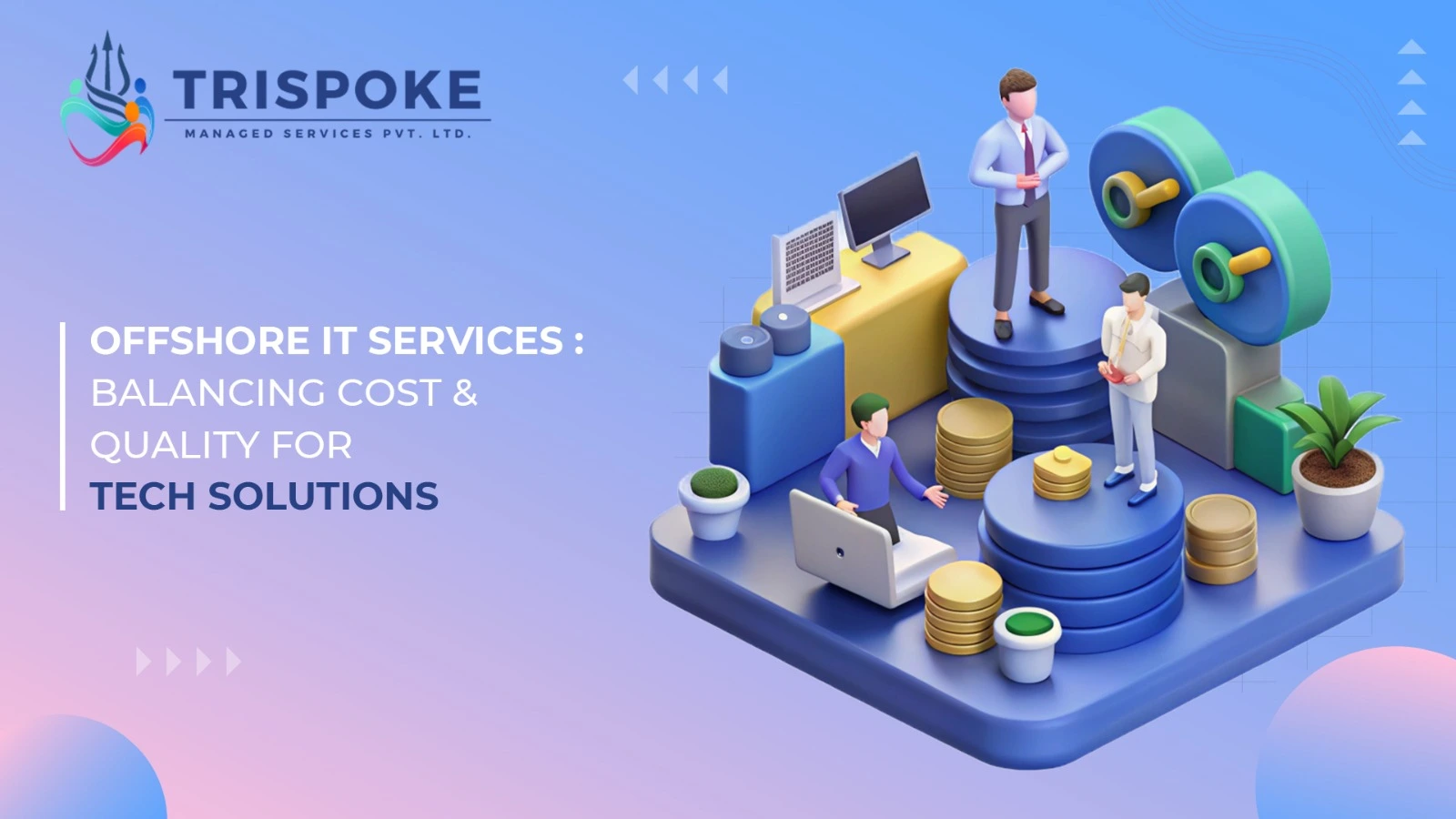In today’s digital age, offshore IT services have become essential for companies aiming to reduce costs and access a global talent pool. Offshore partnerships, particularly in tech-driven regions like India, Eastern Europe, and Latin America, offer significant savings on labor and operations. However, cost-effectiveness shouldn’t mean sacrificing quality—achieving a balance requires strategy, clear expectations, and strong communication.
Cost Benefits of Offshore IT Services
One of the primary draws of offshore IT services is cost reduction. Offshore destinations often provide highly skilled IT professionals at a fraction of the cost of domestic talent. These savings enable companies to allocate funds elsewhere, like product innovation or R&D, which can boost their competitive advantage. Additionally, many offshore locations offer flexible, scalable team structures, meaning businesses can expand or reduce teams without long-term commitments.
Ensuring Quality Standards
While costs are crucial, quality cannot be compromised. Offshore IT providers in top destinations often adhere to international standards such as ISO and CMMI, which provide benchmarks for quality and efficiency. High-quality service in offshore IT goes beyond technical skill to include reliable project management, clear communication, and alignment with the client’s objectives.
Balancing Cost and Quality: Practical Tips
To successfully balance cost with quality, start with due diligence. Vet potential partners by researching past projects, technical expertise, and client reviews. Establish clear Key Performance Indicators (KPIs) and Service Level Agreements (SLAs) that define project timelines, deliverables, and quality standards from the beginning. Regularly scheduled check-ins, supported by tools like Slack or Microsoft Teams, foster real-time communication and prevent misunderstandings.
Top Offshore Destinations
Different regions offer unique strengths in offshore IT. India is well-known for its software development and data science talent, while Eastern Europe has a strong base in advanced programming. The Philippines excels in customer support, while Latin America’s proximity to North America makes it convenient for collaboration across similar time zones. Selecting the right region depends on budget, skill requirements, and time zone preferences.
Overcoming Challenges
Common challenges like time zone differences and cultural nuances can be managed through scheduled overlapping hours and cross-cultural training. Addressing these proactively promotes smoother interactions and boosts project success.
Conclusion
Offshore IT services, when managed well, offer substantial savings without compromising quality. By selecting the right partner, setting clear expectations, and maintaining open communication, businesses can harness the power of offshore talent to drive innovation and achieve cost-efficient growth.

